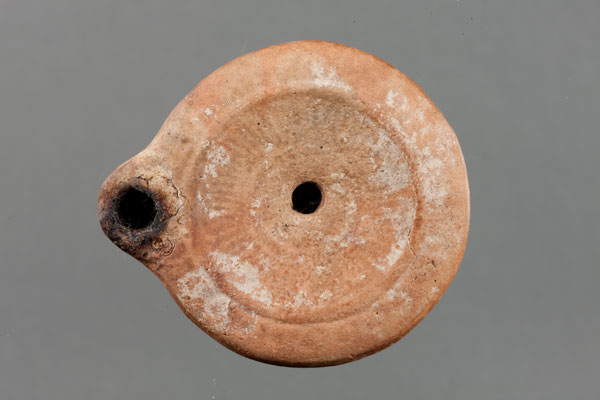The ancient Greeks and Romans used casting for architectural decorations, utensils, tableware and other objects, as well as for statuary.
The Roman author Pliny the Elder (c. 23 – 79 AD) informed his readers that the process of plaster casting was already a common practice for the Greeks. He noted, for example, that the artist Lysistratos of Sikyon created masks for the theatre by making a wax mold from the face of a living person and then casting it in plaster.
Bronze statuary, in which the Greeks excelled, was created by the plaster casting technique before the fourth century BC. The intermediary plaster by-product was kept as a model for further practice and copying. This created a faster process for the artist when creating multiple copies, as the first step in reproduction was already complete. Plaster casts were also retained as separate art objects when they were no longer needed in the copying process.

